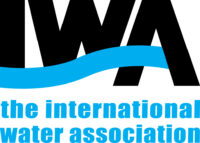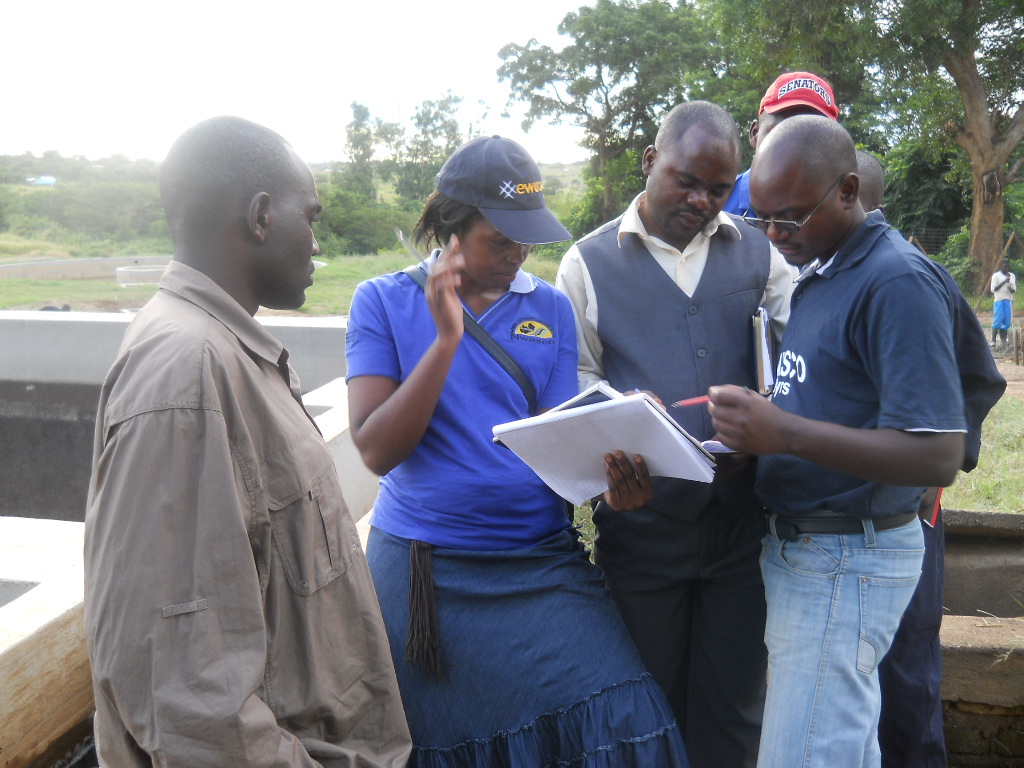As we commemorate Women’s Day 2024 under the theme “Invest in Women”, let’s focus on empowering women in the water sector. This blog explores the crucial role of education, breaking down barriers, and promoting inclusivity within the industry.
Empowering Women in the Water Sector: Investing in Education and Equality
As we commemorate Women’s Day 2024 under the theme “Invest in Women”, let’s focus on empowering women in the water sector. This blog explores the crucial role of education, breaking down barriers, and promoting inclusivity within the industry.
Investing in Girls’ Education
Women, the architects of humanity’s future, shape every facet of life. Beyond childbirth, they wield transformative power in education, societal structures, and businesses when provided with opportunities. Yet, numerous barriers hinder women in less developed countries from active participation in education, employment, and societal life. True global development can only occur when both men and women are empowered and qualified. The journey begins by supporting women from childhood, ensuring uninterrupted and accessible education for all girls. According to UNICEF, 32 million primary school-aged girls and 97 million secondary school-aged girls currently lack educational opportunities, a stark reality that underscores the urgency for change. To bridge societal and business gaps, girls must have equal educational opportunities to boys, forming a cornerstone for their link to employment and active engagement in life.
In my role as a water professional, I’ve observed a predominant involvement of women in design and laboratory roles, with fewer in construction supervision services. To cultivate a more inclusive water sector, equal opportunities must start from education. Girls’ education in STEM fields—science, technology, engineering, and mathematics—becomes a catalyst for training future engineers, technicians, and scientists who will underpin the water sector. Despite fair training, women often face barriers in entering water sector roles, perpetuated by stereotypes labelling water-related works as dirty or dangerous.
Moreover, according to the World Bank, the employment of women at water utilities currently stands at up to 18%. This statistic sheds light on the existing gender disparity within the sector, emphasising the potential for increased female participation, particularly in utilities. The unbalanced representation underscores the need for concerted efforts to create a more equitable space for women to contribute effectively.
Education alone is not enough; dismantling gender bias during employment is equally crucial. Some workplaces in the water sector, particularly construction sites, remain male-dominated. For example, less than 11% of people in the US construction workforce are women. Although women’s physical strength was once a perceived limitation, this notion is outdated. Dispatching positions unequally exacerbates sectoral gaps, primarily rooted in traditional male behaviour. While my home country, Türkiye, has made strides in employing women engineers and scientists in the water sector, there is still room for improvement in Central Asia. Breaking gender bias is a key catalyst, accelerating women’s employment seamlessly.
Fostering Inclusivity and Diversity
Efforts to foster inclusivity and diversity must address multiple axes. The first involves drawing attention to gender diversity at universities, especially in engineering departments. Educating engineers about the importance of gender equity in water-related professions is paramount. Male students must recognise the significance of having colleagues from the opposite sex in specific positions. The second axis centres on the working environment. Daily communication between men should avoid sexist approaches, and managerial support for personal responsibilities, such as maternal leave, is crucial. Gender-based discrimination should be eradicated in role assignments, with promotions based on personal knowledge, achievements and skills rather than gender. Implementing quotas for women’s employment and promoting young female water professionals are steps toward greater inclusivity.
The United Nations’ Sustainable Development Goal 5 aims to achieve gender equity. To realise this vision, all stakeholders must foster understanding, provide ample opportunities, and guide women from childhood to employment. In the water sector, involving women in design, operation, and maintenance of water supply systems leads to user-friendly and female-friendly designs. The benefits extend to greater innovation and customer satisfaction.
While progress has been made, managerial positions in the water sector still lack female representation, hovering around 23%. This scarcity of female role models hampers the enthusiasm of aspiring women technical staff. Elevating more women to leadership roles not only fills this gap but also contributes to a more equitable workplace. A conducive working environment for women, including women-friendly resting areas, fair payment, and minimised gender bias, enhances the adaptation of both women and men to the increasing employment of women in site works.
As we observe International Women’s Day 2024, we must commit to invest more in women. Valuing their irreplaceable role in shaping a sustainable and equitable water future, we must continue to invest in education, dismantle barriers, and champion inclusivity. Our collective efforts and advocacy in the water sector can advance gender equity, innovation, and prosperity.




